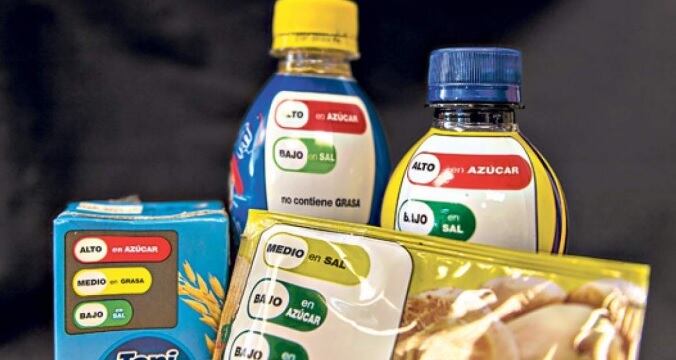This is according to a new review by renowned researchers Prof Barry Popkin from the University of North Carolina at Chapel Hill and Prof Thomas Reardon at Michigan State University-East Lansing published in Obesity Reviews.
Worrying statistics
Latin America and the Caribbean are facing significant public health issues as the incidence of overweight and obesity rises, with data indicating that over 50% of women across the region are overweight or obese. In Chile and Mexico, these numbers rise to about 66%, report Popkin and Reardon.
Unhealthy diets are implicated in these statistics, with data showing that Mexico, Argentina and Chile all rank in the top five highest consuming countries of sugar-sweetened beverages in the world.
“Latin Americans consume very high levels of added sugar, more than triple that recommended by the WHO,” stated Popkin and Reardon. “Beverages are the largest source of sugar in the diets of most children, adolescents and young adults in the region.”
Snacking is also reported to be a critical contributor to an unhealthy diet across the region. “If the limited studies in the larger countries in the region are indicative, snacking has become a major component of the diet,” they stated. “In Brazil, among those over the age of 10, 21% of kcals per day comes from snacks. Among the segment of the population that does snack (74%), the proportion rises to 34%.”
These increases have come at the expense of healthier staples, many of which are low‐fat, high‐fiber and high‐protein. For examples, legumes are less that 5-10% of daily energy intakes, while no country in Latin America comes close to meeting the recommended five to seven daily servings of fruit and vegetables.
Changing retail environment

The region has also seen a significant shift in the retail sector, with supermarkets taking an increasing share of food retail. Argentina and Brazil have led the pack, with 60% and 75% supermarket share in 2002, respectively. In comparison, the share in Western Europe and the US is between 75 and 80%.
Similar shifts are being seen in Mexico, Ecuador, Colombia, Guatemala, and the Dominican Republic, said Popkin and Reardon.
As we see elsewhere, e-commerce is increasing, particularly in places such as Mexico and Chile. “Walmart launched superama movil, an app for mobile phones,” stated Popkin and Reardon. “This has become common in Chile. Some firms have been providing Internet access to supermarket purchases and deliveries and have expanded the services, e.g. Telemercados. Moreover, in Chile, large supermarket and hypermarket chains have started online ordering services for consumers, e.g. Jumbo and Walmart's Lider.”
Government action

In response to public health concerns, several governments in Latin America have introduced policies to counter the negative impacts of poor dietary choices.
Chile in particular is a shining light, having introduced comprehensive child marketing controls, and front‐of‐the‐package labeling with the same cut‐offs, which reinforce each other.

Ecuador has labeling based on the traffic light system. This was recently lauded as having an impact on consumer food and beverage purchases by scientists at the Universidad San Francisco de Quito.
Furthermore, Mexico has a voluntary front of pack system, while a food industry initiative called PABI (Publicidad de Alimentos y Bebidas Dirigidas al Público Infantil) was launched in 2009 to address the issue of marketing food and beverage to children.
“[The Latin America and the Caribbean] are already among the global leaders in initiating demand‐related solutions via taxation and marketing controls,” wrote Popkin and Reardon. “But we also show that this is only a small step forward. To shift [Latin America and the Caribbean’s] food supply towards prices that incentivize consumption of healthier diets and demand away from the less healthy component is not simple and will not happen immediately.
“We must be cognizant that ultimately, food industry firms must be incentivized to market the components of healthy diets. This will primarily need to be via selective taxes and subsidies, marketing controls, as well as food quality regulations, consumer education and, in the medium term, consumers' desires to combine healthier foods with their ongoing quest for convenience in the face of busy lives.
“In the end, the food industry in [Latin America and the Caribbean] will orient itself towards profitable solutions, ie those demanded by the broad mass of consumers,” concluded Popkin and Reardon.
Source: Obesity Reviews
Published online ahead of print, doi: 10.1111/obr.12694
“Obesity and the food system transformation in Latin America”
Authors: B.M. Popkin and T. Reardon

